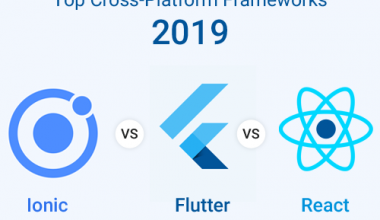Microsoft is creating its own new native ad formats for Windows 8, not unlike Apple’s iAd, which is designed to increase ad revenue in the iOS ecosystem.
The new ads — which will be unveiled Tuesday at the Cannes Lions International Festival of Creativity — will revisit what a banner can be on Windows 8 devices, whether they’re desktop computers, tablets or mobile phones. One question: do advertisers Windows 8 enough to do custom creative for it?
The software giant is showing off the prototypes developed with brands and agencies, including All Saints, Dell, Universal McCann and VML.
One of the most sriking examples comes from clothing brand All Saints and London agency Beattie McGuinness Bungay. As a user horizontally scrolls through Vice’s Windows 8 app, they may overlook the tall rectangle featuring models garbed in All Saints. However those models don’t take their eyes off the user.
The ad uses what Microsoft’s VP-global agencies and accounts Stephen Kim described as “parallax view” so that its image adjusts to its position on the screen. Assuming the gimmick is eye-catching enough to get the user to click on the ad, the unit opens up into video mural that plays as you horizontally scroll through the posh dinner scene. Littered throughout the video — which builds on Microsoft’s new Ad Pano format that aims to be a digital version of the magazine fold-out — are hot spots tied to the items worn by the models that can be clicked on to navigate to a product page and buy the shirt or dress.
“The highest order challenge the creative industry has had for a long time…is how to create ads to get people to interact with a larger experience,” Mr. Kim said.
In another example, footwear brand Vans and New York agency Rooster Worldwide built an ad displayed in the Skype app plays as a user horizontally scrolls. If a user clicks on the ad, he or she is prompted to team up with a friend via a Skype video chat to build a virtual skatepark. After assembling the playground they can check out Vans shoes, watch branded videos and share their creation with other Skype contacts or to Facebook and Twitter.
The unspoken hope is that top-tier brand advertisers will flock to the new Windows 8 ads whenever they roll out of testing and that app developers will see the premium ad revenues to be had and create apps for Microsoft’s operating system. In other words, Microsoft is Kevin Costner trying to build in-app advertising’s Field of Dreams on its operating system; advertisers are the ghost ballplayers; and app developers are the line of cars that close the film.
Apple is trying to do the same with its iAds, having built its mobile operating system to enable ads that appear as generic mobile banners but, when clicked, open up to function more like an app than an ad. Price drops indicate those ads may not be worth their complexity, but a drive to attract brand dollars to digital may hinge on these types of more immersive, premium banners.
That makes it all the more puzzling that Google, a company far more dependent on advertising revenue than Microsoft or Apple, has yet to build any premium ad products unique to smartphones or tablets running its Android operating system.
Last year Microsoft had also worked with agencies to come up with ad units unique to Windows 8 devices. Those in-app prototypes also aimed to deliver more in-depth brand content but via nontraditional ad formats akin to a Yahoo or AOL home-page takeover.
Without the flexibility to run in various apps or sites, the prototypes are little more than the digital equivalent of a Times Square billboard. Mr. Kim acknowledged the looming scale question, saying the first step was to draft the concepts then figure out how to make them more accessible to advertisers. “Each [prototype] has an element that is designed to take on the challenge of how to work within a more standard ad unit,” Mr. Kim said of this year’s batch.


